How To Workmout The Power Of Monocular ?
To calculate the power of a monocular, you need to know the magnification of the monocular. The power of a monocular is determined by dividing the focal length of the monocular by the focal length of the eyepiece. The focal length is a measure of how strongly the light is bent by the lens or mirror.
To find the power, you can use the formula: Power = Focal Length of Monocular / Focal Length of Eyepiece.
For example, if the focal length of the monocular is 100mm and the focal length of the eyepiece is 10mm, the power of the monocular would be 10x (100mm / 10mm = 10x).
The power of a monocular indicates how much closer the object will appear when viewed through the monocular compared to the naked eye. A higher power means greater magnification and a closer view of the object.
1、 Magnification power of monoculars
To determine the magnification power of a monocular, you need to understand the specifications provided by the manufacturer. The magnification power is usually denoted by a number followed by an "x" (e.g., 8x or 10x), which indicates how many times closer the object will appear compared to the naked eye.
To work out the power of a monocular, you can follow these steps:
1. Identify the magnification number: Look for the number followed by "x" in the monocular's specifications. This number represents the magnification power.
2. Understand the meaning of the magnification number: For example, if the monocular has a magnification power of 8x, it means that the object will appear eight times closer than it would to the naked eye.
3. Consider the trade-offs: While higher magnification may seem desirable, it also has some drawbacks. Higher magnification can result in a narrower field of view, reduced brightness, and increased image shake due to hand movements. Therefore, it's important to find a balance between magnification and other factors.
4. Take into account the latest advancements: With technological advancements, monoculars now offer various features to enhance the viewing experience. Some monoculars come with image stabilization technology to reduce image shake, while others have built-in digital zoom capabilities.
5. Consider the intended use: The power of a monocular should be chosen based on your specific needs. If you plan to use it for birdwatching or wildlife observation, a magnification power of 8x to 10x is generally recommended. However, if you need a monocular for long-distance viewing, you may opt for higher magnification power.
Remember, the power of a monocular is just one aspect to consider when choosing the right one for your needs. Other factors such as lens quality, field of view, and durability should also be taken into account.
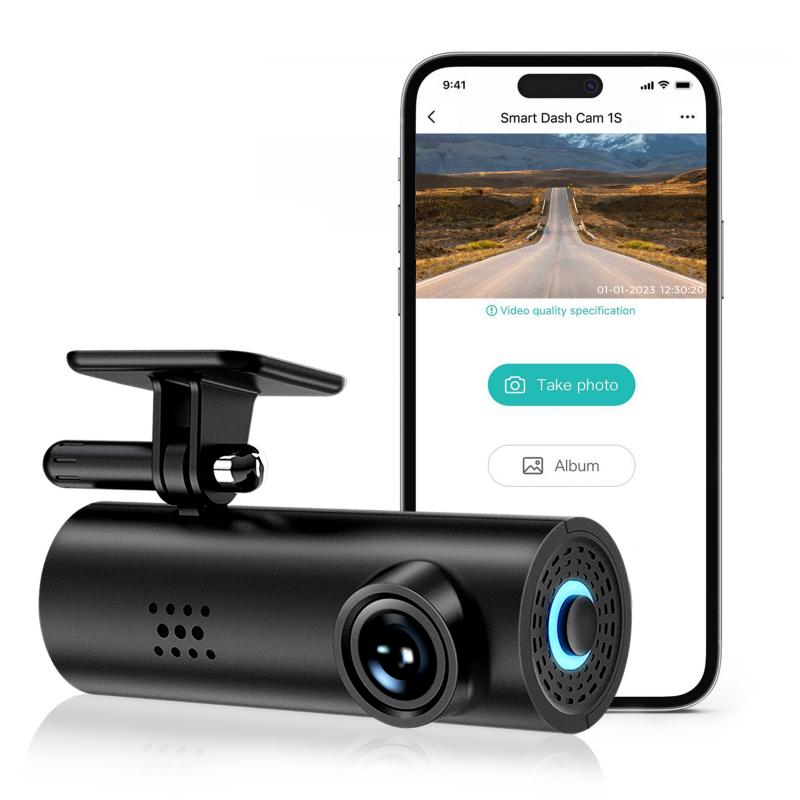
2、 Objective lens diameter and its impact on power
The power of a monocular is determined by its magnification, which is typically indicated by a number followed by an "x" (e.g., 8x or 10x). This number represents how many times closer the object will appear when viewed through the monocular compared to the naked eye. To work out the power of a monocular, you simply need to look at the magnification number provided.
However, it is important to note that the power of a monocular is not solely determined by its magnification. The objective lens diameter also plays a crucial role in determining the power and overall performance of the monocular.
The objective lens diameter refers to the size of the front lens of the monocular, usually measured in millimeters. A larger objective lens diameter allows more light to enter the monocular, resulting in a brighter and clearer image. It also provides a wider field of view, allowing you to see more of the surrounding area.
In terms of power, a larger objective lens diameter does not directly impact the magnification of the monocular. However, it can enhance the overall viewing experience by providing better image quality and brightness. This is particularly important in low-light conditions or when observing distant objects.
From a latest point of view, advancements in lens technology have allowed manufacturers to produce monoculars with larger objective lens diameters without compromising portability. This means that you can now find monoculars with both high magnification and large objective lens diameters, offering a powerful and immersive viewing experience.
In conclusion, while the power of a monocular is primarily determined by its magnification, the objective lens diameter also plays a significant role in enhancing the overall performance and image quality. A larger objective lens diameter allows for better light transmission, resulting in brighter and clearer images. Therefore, when considering a monocular, it is important to take into account both the magnification and the objective lens diameter to ensure you choose a monocular that meets your specific needs and preferences.
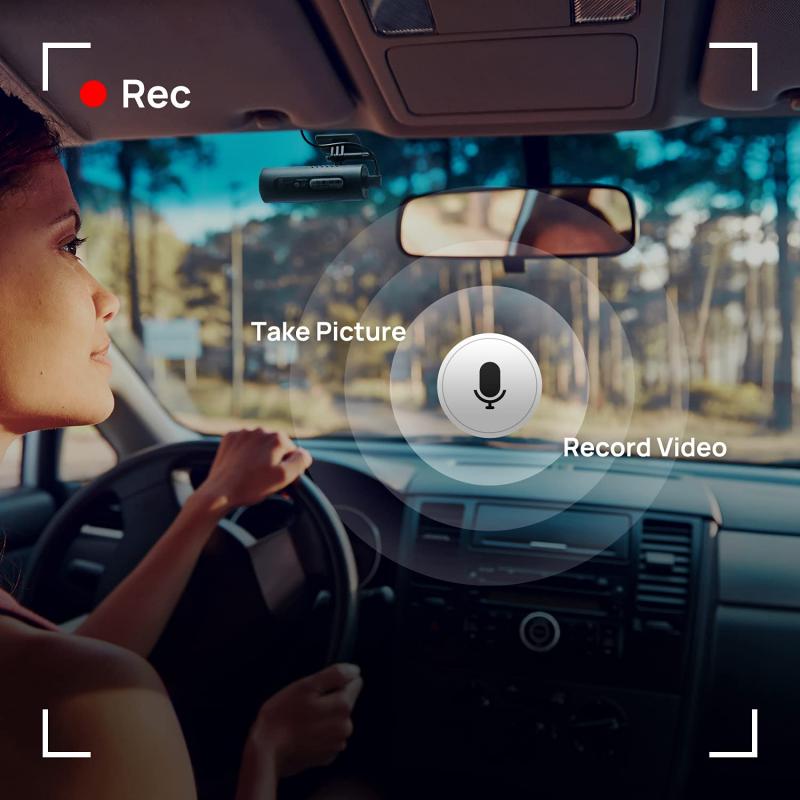
3、 Exit pupil size and its relation to power
To work out the power of a monocular, you need to understand the concept of exit pupil size and its relation to power. The power of a monocular refers to its magnification capability, which determines how much closer an object appears when viewed through the monocular compared to the naked eye.
Exit pupil size is the diameter of the beam of light that exits the eyepiece of the monocular and enters the viewer's eye. It is calculated by dividing the diameter of the objective lens (the front lens of the monocular) by the magnification power. For example, if a monocular has a 30mm objective lens and a magnification power of 10x, the exit pupil size would be 3mm (30mm divided by 10).
The exit pupil size is important because it determines the amount of light that reaches the viewer's eye. A larger exit pupil allows more light to enter the eye, resulting in a brighter image. This is particularly beneficial in low-light conditions. On the other hand, a smaller exit pupil restricts the amount of light entering the eye, resulting in a dimmer image.
In terms of power, a monocular with a higher magnification power will have a smaller exit pupil size. This means that the image will appear dimmer, especially in low-light conditions. However, a higher magnification power allows for greater detail and closer observation of distant objects.
It is important to note that the power of a monocular is not solely determined by the exit pupil size. Other factors such as lens quality, coatings, and overall design also play a role in determining the performance and power of a monocular.
In recent years, there has been a trend towards monoculars with larger objective lenses and lower magnification powers. This is because larger objective lenses allow for a larger exit pupil size, resulting in brighter images and better low-light performance. Additionally, lower magnification powers provide a wider field of view, making it easier to track moving objects.
In conclusion, to work out the power of a monocular, you need to consider the exit pupil size, which is determined by the diameter of the objective lens and the magnification power. Understanding the relationship between exit pupil size and power is crucial in selecting a monocular that suits your specific needs, whether it be for low-light conditions or detailed observation of distant objects.
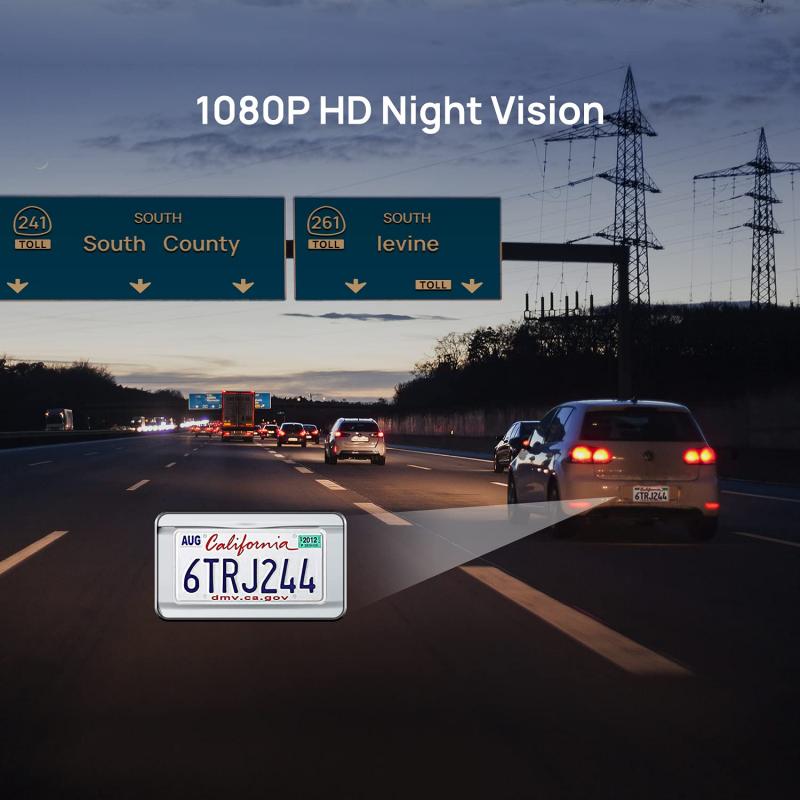
4、 Understanding the field of view in monoculars
To understand the power of a monocular, it is important to first understand the concept of magnification. The power of a monocular refers to its magnification capabilities, which determine how much closer an object appears when viewed through the monocular compared to the naked eye.
To work out the power of a monocular, you need to look for the magnification specification provided by the manufacturer. This specification is usually denoted by a number followed by an "x" (e.g., 8x or 10x). The number indicates how many times closer the object will appear when viewed through the monocular. For example, an 8x monocular will make an object appear eight times closer than it would to the naked eye.
Understanding the field of view in monoculars is also crucial. The field of view refers to the width of the area that can be seen when looking through the monocular. A wider field of view allows for a larger area to be observed, making it easier to track moving objects or scan a landscape.
The latest point of view in monocular technology is the incorporation of advanced optics and image stabilization features. These advancements enhance the clarity and stability of the image, providing a more immersive viewing experience. Additionally, some monoculars now offer digital zoom capabilities, allowing users to further magnify the image beyond the optical magnification.
In conclusion, to work out the power of a monocular, look for the magnification specification provided by the manufacturer. Understanding the field of view is also important for assessing the monocular's capabilities. With advancements in technology, monoculars now offer improved optics, image stabilization, and digital zoom features, enhancing the overall viewing experience.



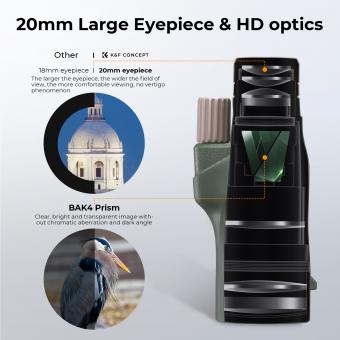













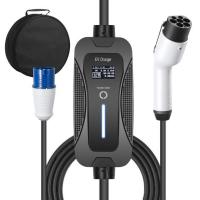

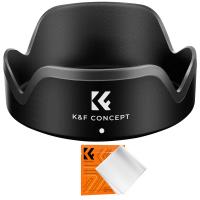

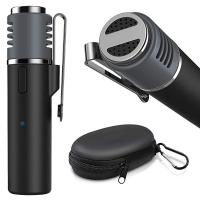
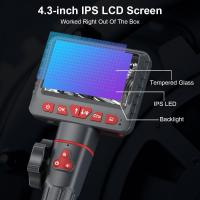
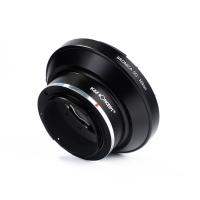
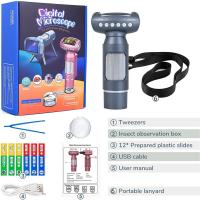
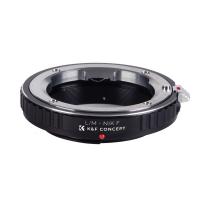


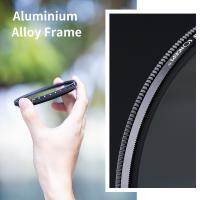

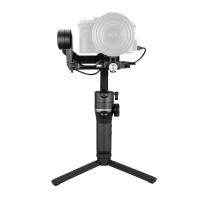
There are no comments for this blog.